There is a slow but steady publication papers that describe new fossil taxa that state or imply that the presence of some new species is evidence for niche partitioning in the animal’s ecosystem. This is basically redundant and is akin to the classic ‘this new species adds to the known diversity’ as if it could do anything else. One of the fundamental ideas of niche theory is that two species will not occupy the exact same niche. If they do, one will go extinct (or be forced out) or will adapt. In other words, for two species to live alongside each other there will be, by definition, niche separation, so pointing it out as some revelation or important insight or gained knowledge from two species being present is really not the case.
Worse, it might be wrong. Most of the time with new finds we don’t have very much to go on, so we don’t actually know that it truly did occupy a unique niche. Perhaps it was a transient species and so could survive briefly in full competition with another species as it passed through or had only just invaded and in the fullness of time would outcompete (or be outcompeted) by another species. So a statement about two (or more) species with similar biology (perhaps they are close relatives) being evidence for niche partitioning is most likely either redundant or wrong. Either way, as currently reported, it’s really not needed as commentary on a lot of papers about palaeoecology.
As a related point, there is an idea floating around (online and in discussions rather than I think in the scientific literature) that large predators can’t coexist normally, especially if they are closely related. There’s an expectation that ecosystems with say three large theropods in (or even three large tyrannosaurs) would be really weird and somehow not normal or possible. I’m not sure why this idea is out there but I think it’s a misunderstanding of the above point about niche separation and is somehow a conflation of the idea that species somehow doing the same thing or eating the same prey means one will inevitably come out on top, but again this isn’t really correct.
First off, species can be catching prey in very different ways, but still competing with each other. You only need to see videos of a baitball and any combination of sharks, dolphins, whales, sealions, large fish, diving birds and others all going after the same small fish. Each has its own technique and feeds and processes food very differently, but they are in direct competition for that same resource. So just because birds are flying and have no teeth, doesn’t mean they don’t compete with the dolphins and there is at least some niche overlap between them. Even very similar and near identical species can still partition successfully depending on quite what they are eating and when. They may be separated by seasonal or daylight cycles, or be targeting different prey species even if they are hunting it in the same manner, they will be likely shifting their niches as they grow, and there could be all kinds of local differences in habitat that are hard enough to spot in living species let alone in the fossil record.
Back in my paper describing Zhuchengtyrannus I made this point and the idea that multiple similar species in ecosystems is not actually that strange. However, some ongoing work on a related issue with theropods has made me look again at this and pull out a couple of relevant examples from modern / recent ecosystems. A quick look at the distribution maps on Wikipedia (hardly the last word in science I know, but sufficient to make the point) shows that the estuarine crocodile C. prorosus overlaps with C. johnstoni in part of Australia, C. mindorensis in the Philippines and C. novaeguinea in New Guinea. C. siamensis and Tomistoma both overlap with it and each other in parts of Indonesia, and there is a similar 3-way overlap with both C. palustris and Gavialis in India. Similarly, in South America, Caiman crocodilus, Melanosuchus and two species of Paleosuchus all overlap with each other. Now, at a very local level in a given pond or a short stretch of river there might be only one or perhaps two species present, and in some cases there are some dramatic differences in skull shape and gross feeding ecology, but these overlaps and the inevitable occasional migrations or transport of individuals means they must be truly sympatric at times and probably under some competition.
For a more terrestrial example, the 2019 paper by Schnitzler and Hermann looking at fairly recent (historical) overlaps of large mammals in Asia (especially lions and tigers) has this wonderful quote [that I have modified a little for clarity] about carnivores in part of Western Asia. “The Western Asian area of the Palearctic Biogeographic Realm includes part of the continental interior of the Near East (the northeastern part of Anatolia in Turkey, and Transcaucasia – Georgia, Armenia, Azerbaijan), part of the Caspian lowlands and western part of Pakistan. [It] had an impressive assemblage of large mammalian carnivores (Asiatic lion, Caspian tiger, Asiatic cheetah, Anatolian leopard, lynx, brown bear, grey wolf, jackal, and striped hyena).”
That’s really quite a set of animals and while jackals were probably not much competing with lions for food, there’s a huge amount of overlap here. Even modern India has striped hyena, jackal, dhole, wolves, leopard, lion, tiger and sloth bears in various parts and until recently cheetah too (plus, of course, three large crocodylians) and while their ranges are now much restricted there would have been much greater overlap in the past. In short, while obviously dinosaurs are very different to mammals and crocs, the idea that a Mesozoic ecosystem couldn’t support two or three large theropod genera looks like a poor hypothesis against the kind of overlaps we see even in modern depauperate and stressed ecosystems. Multiple large carnivores, even including closely very related species from the game genus, that are known to hunt similar prey in similar ways, are commonly sympatric and there’s no clear reason to assume ancient systems were that different.
Schnitzler, A. and Hermann, L., 2019. Chronological distribution of the tiger Panthera tigris and the Asiatic lion Panthera leo persica in their common range in Asia. Mammal Review, 49(4), pp.340-353.

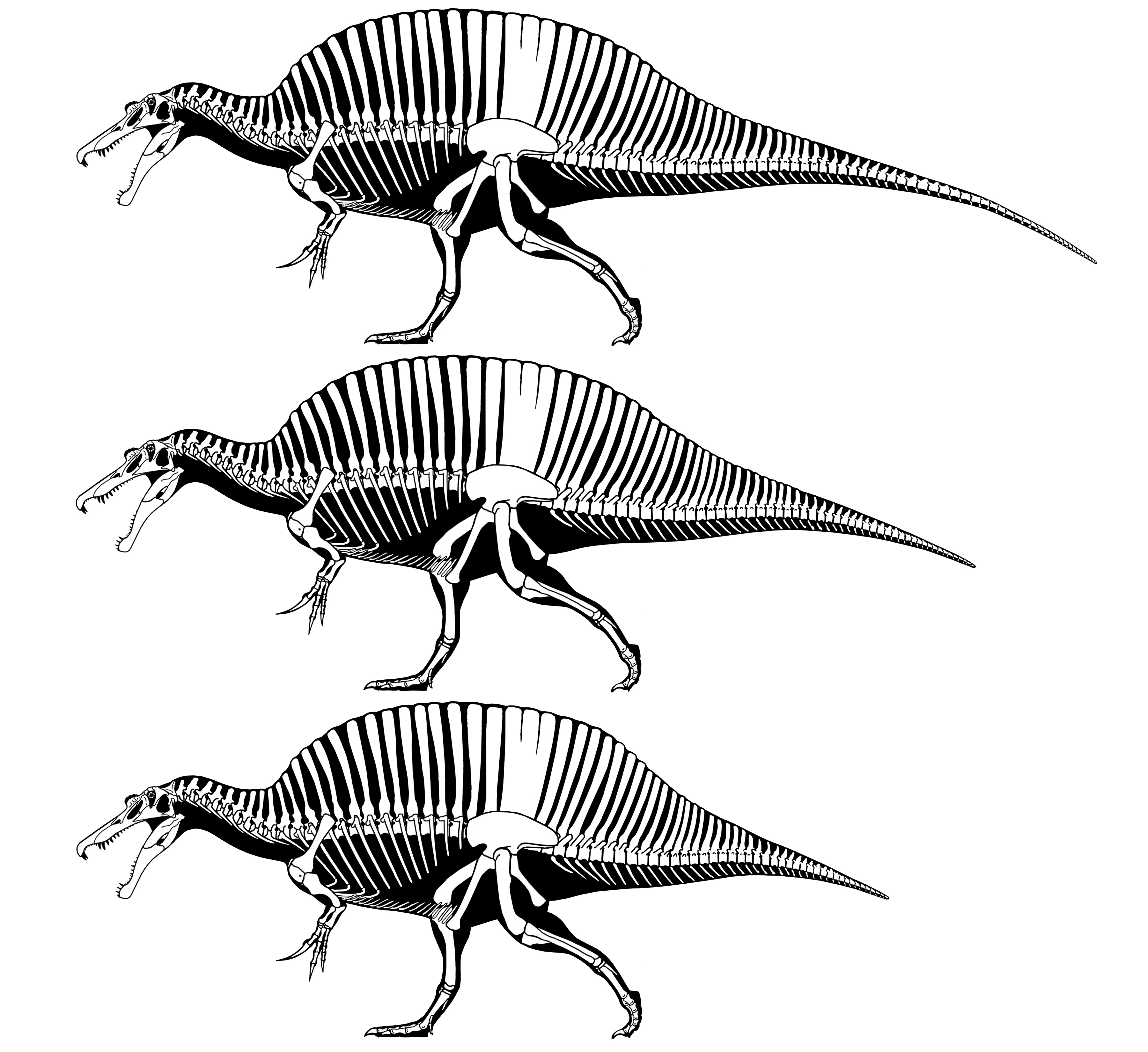

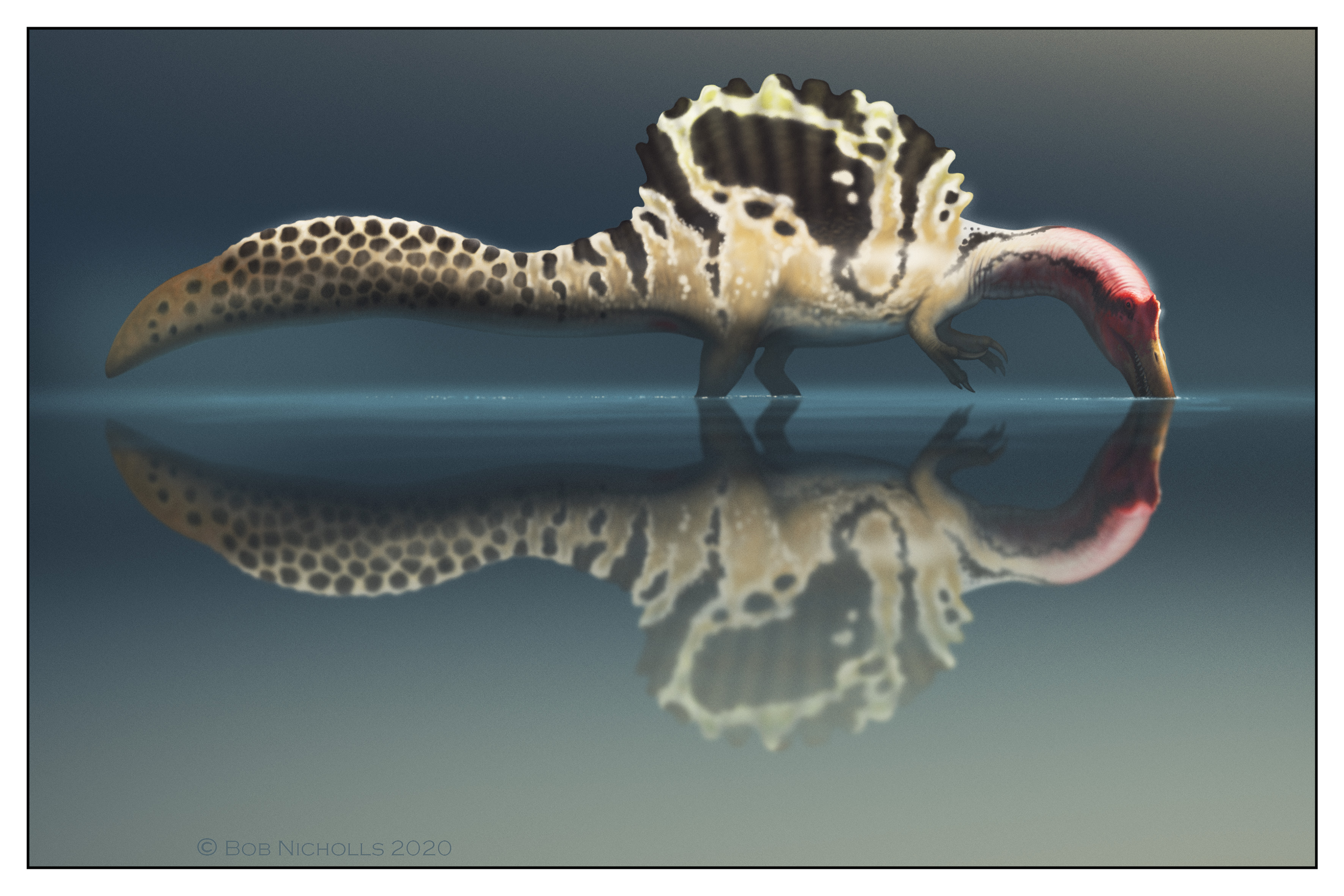
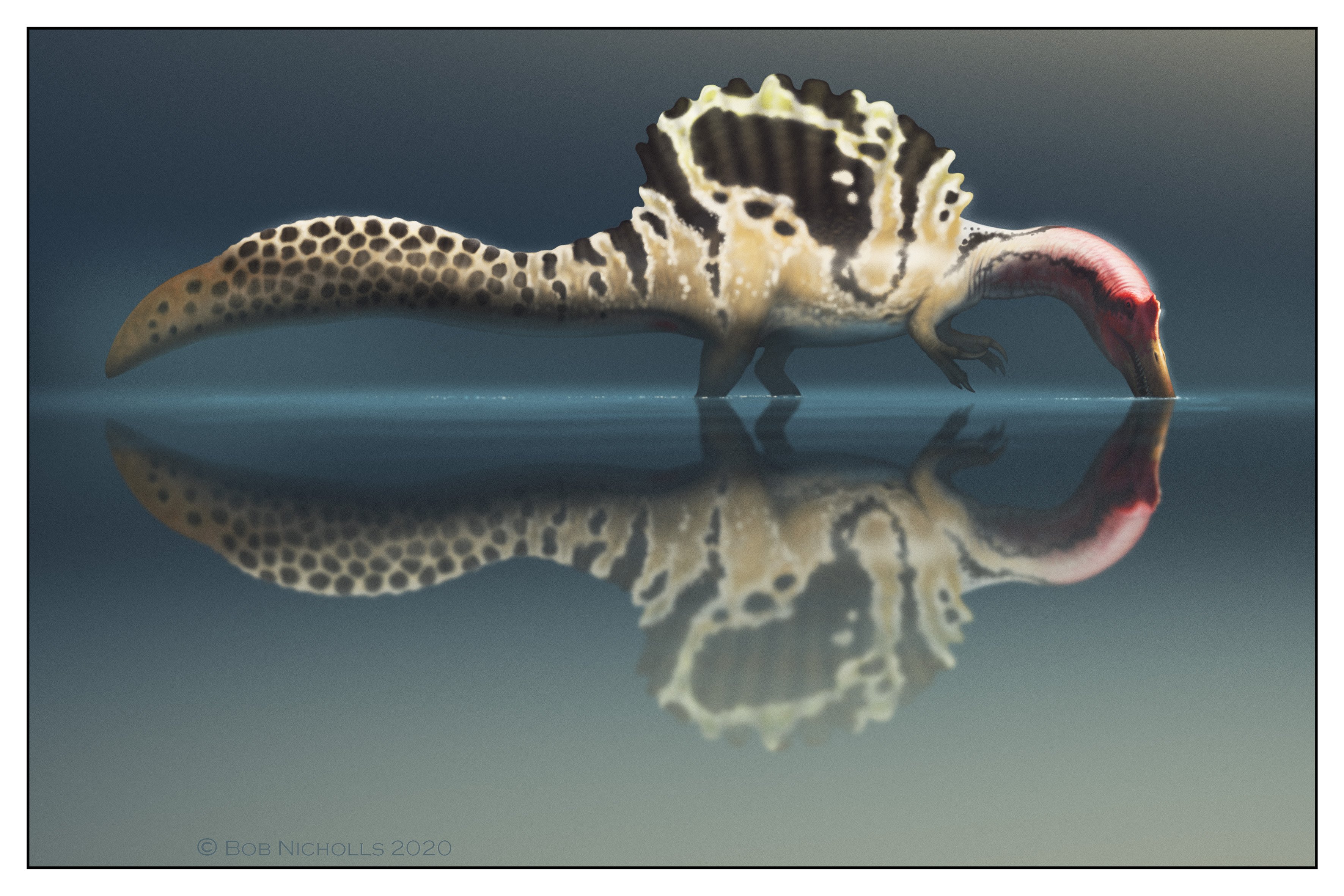
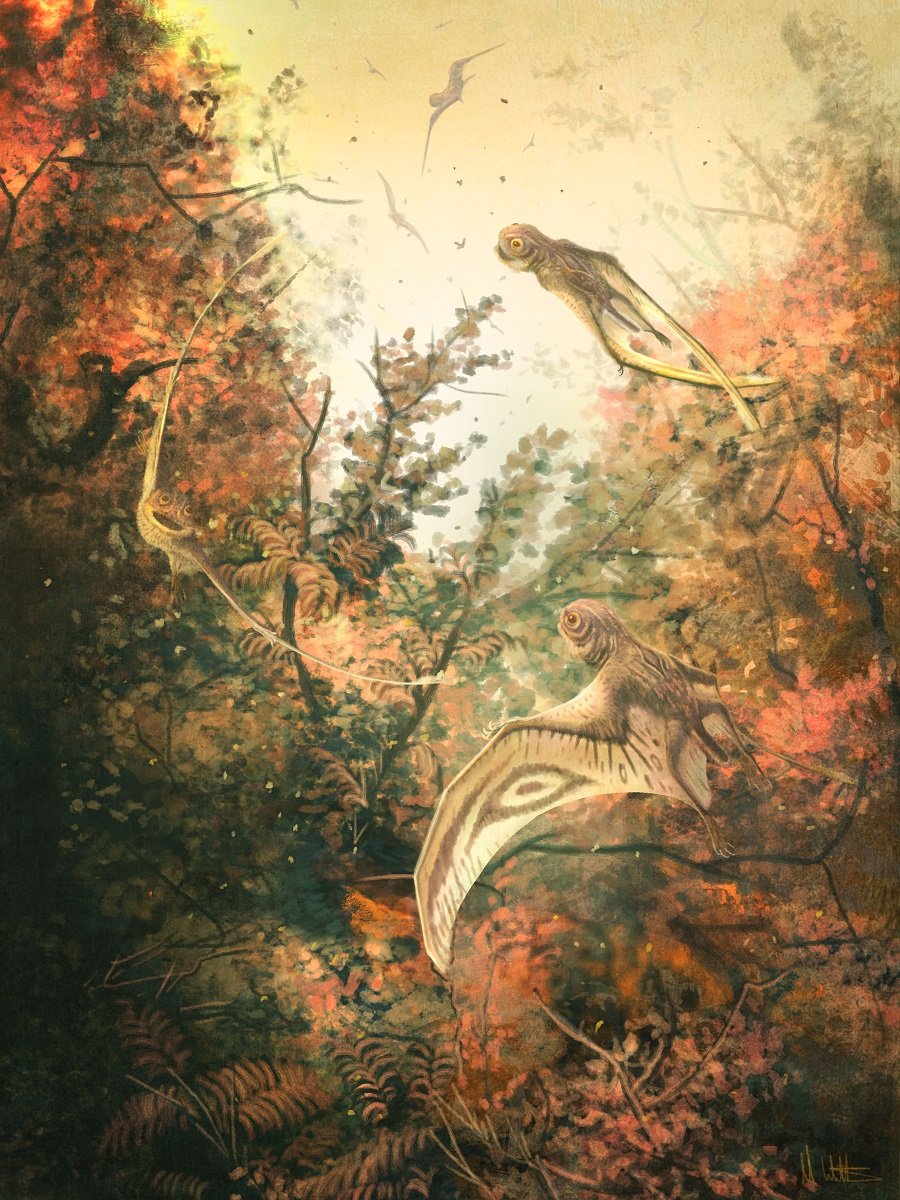

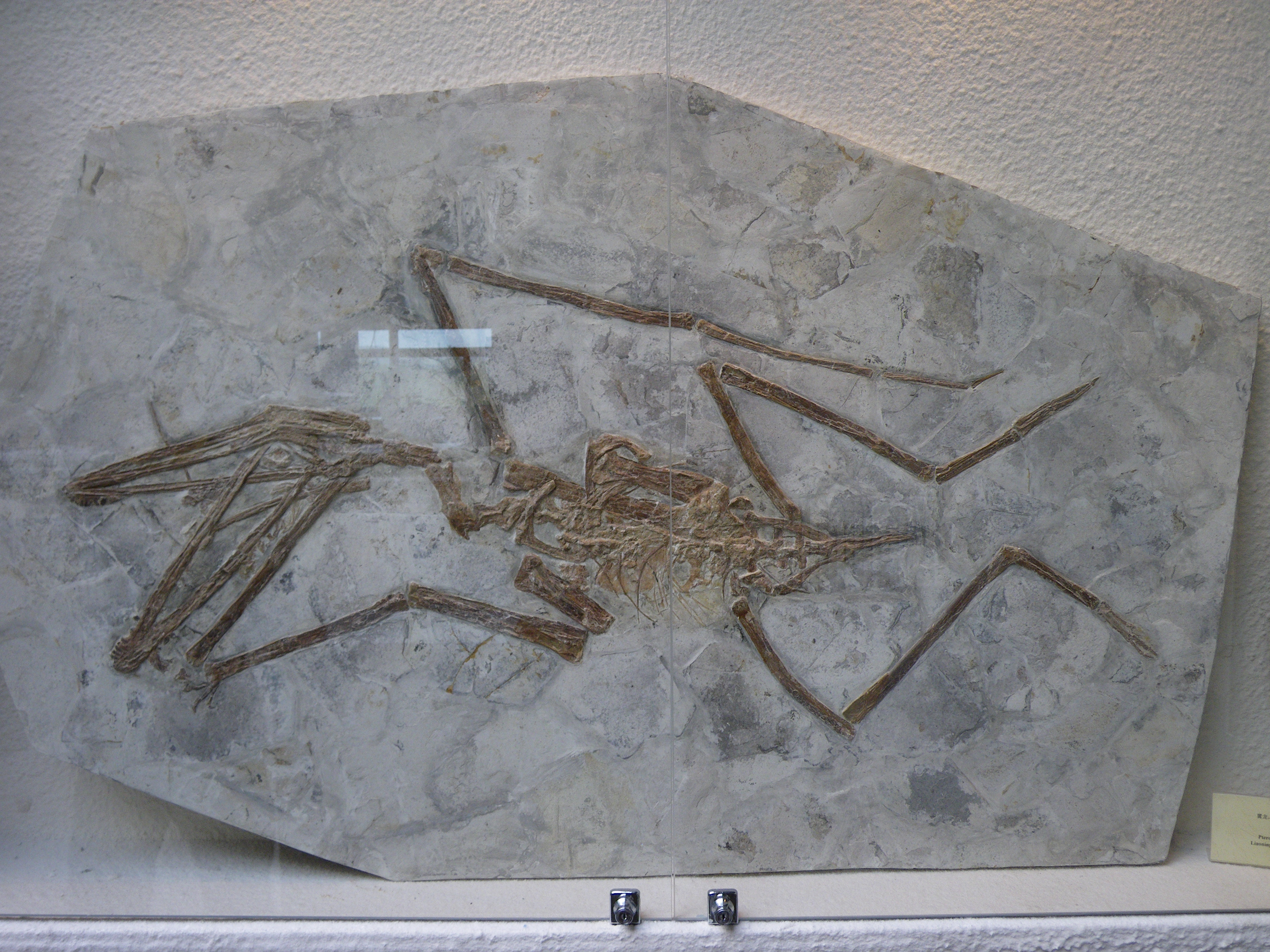
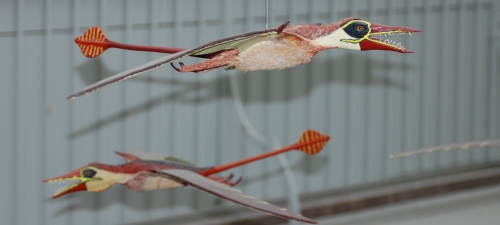

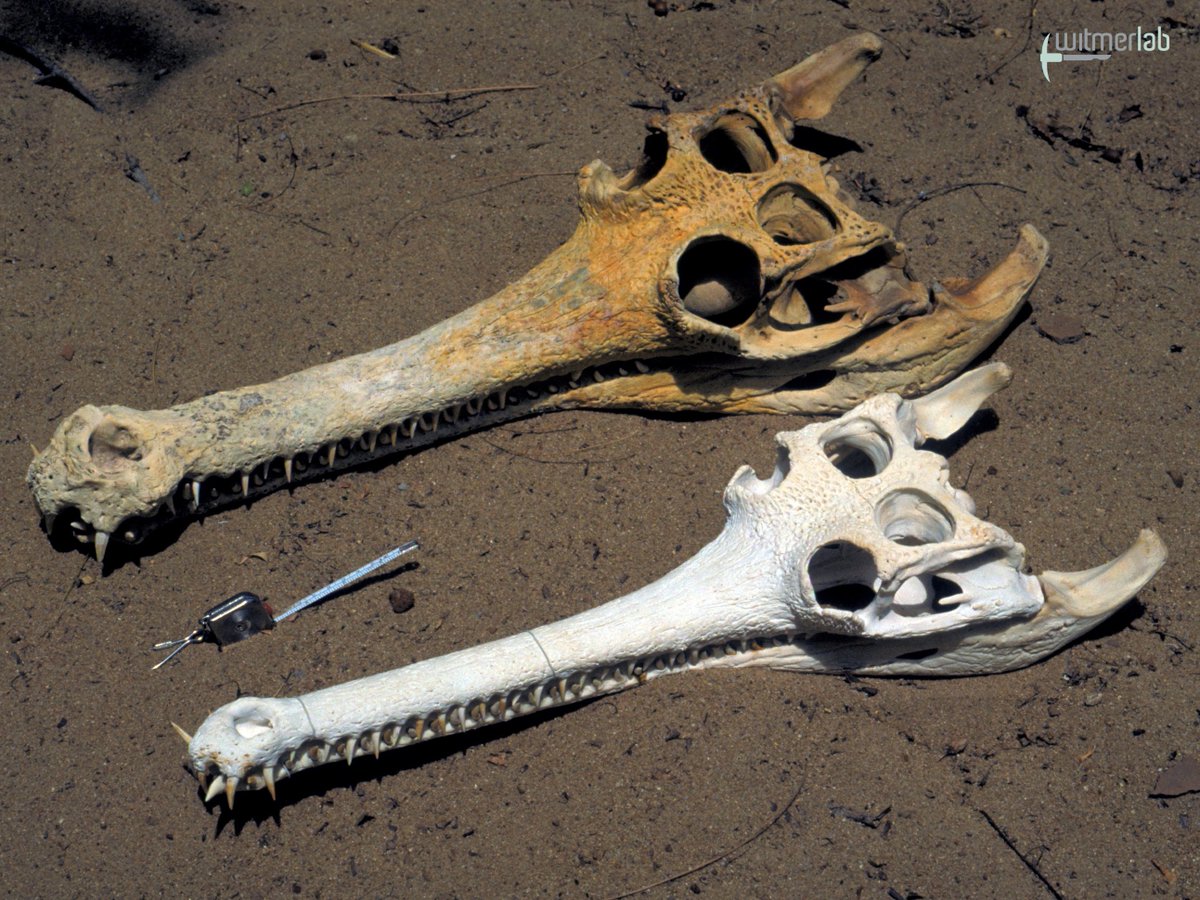



Recent Comments